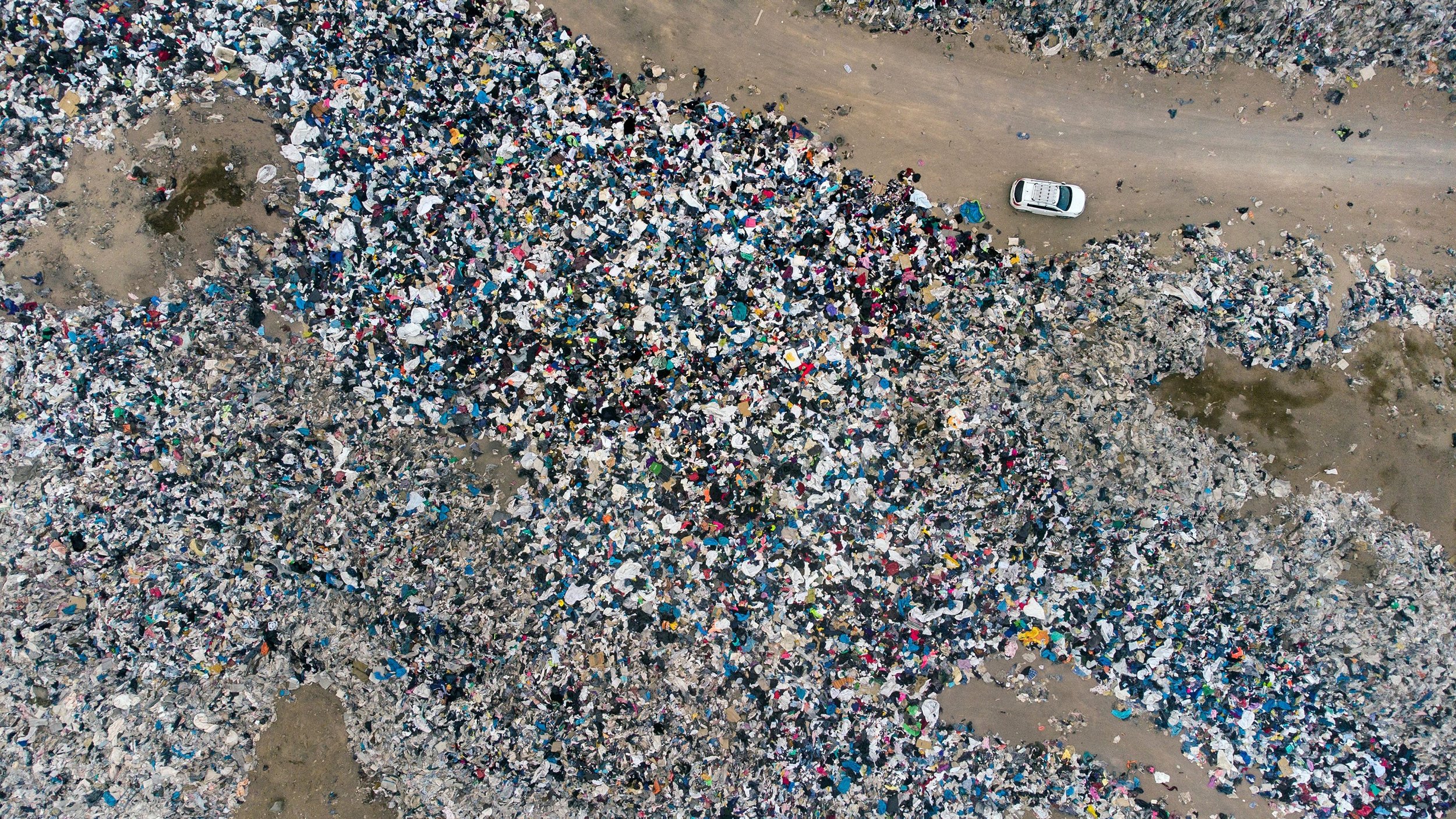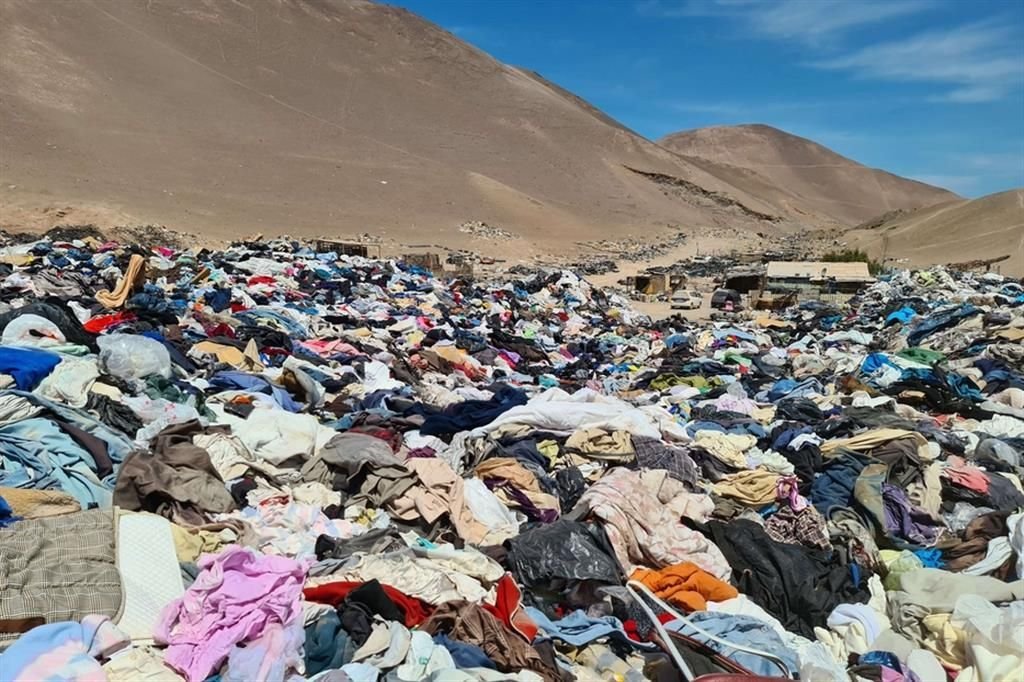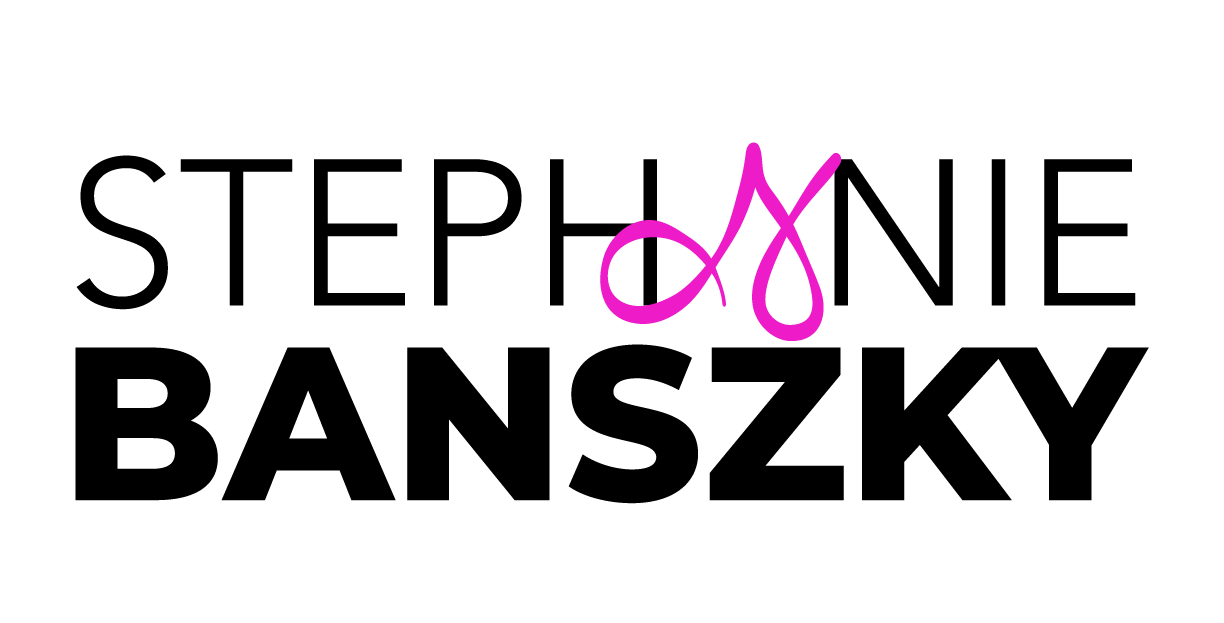Fabric Waste is a growing problem in our word today and a HUGE problem for our environment. Currently, we are buying 3 times more clothing than we did 40 years ago. Fast fashion is the largest culprit with items continuously made (incredibly more supply than demand), made cheaply, sold for only a month or two before a new line comes out, and then pulled off the shelf and either destroyed on purpose to stop re-sell or send to other countries to deal with. Many of these impoverished countries already have enough on their hands as the companies MAKE the items in their countries and they are left with faulty product, bad stitching or dye batches. Not only all of that, because of the cheap fashion, the folks making the product are paid next to nothing to make it and they are made quickly, and with low quality.
We have enough clothing on this planet to clothe the next SIX generations of humans!!!!
Let that sink in. That is a LONG time and a LOT of clothing! We need to very quickly change our culture around fashion and clothing. We need to change our spending habits and where we source the items from. We need to stop sourcing our clothing from brands that care more about the bottom lines than the amount of waste they are pumping out, and the people that are working for them. We need to re-connect with the value of this commodity so we can treasure and take care of it properly.
-
Textiles were once our MOST precious commodity. They were lovingly passed down, repaired and mended, and used for generations. People had few items, but they were well made and treasured. Textiles took TIME and energy to make. A small patch of lace or a silk dress could take MONTHS or YEARS to make. A hide was lovingly cut, stitched and decorated to make an item of value that would last GENERATIONS. A wool blanket or jacket would keep a family warm for many years. What changed?!
Colonization
Colonial mindset of what and who was “valuable” changed the world. It disconnected people from their traditional ways. It built in us an idea that gold and jewels were more valuable than fibre. For example, Egyptian mummies were wrapped in ceremony that took weeks with intricate weaving and wrapping techniques that had meaning and symbolism. The linen was worth more than the gold that was buried with them but when the tombs were open, the linen wrappings were ruined and/or and tossed aside to get to the gold and jewels. Though slavery, genocide, immigration and migration we lost our traditional ways, teachings, knowledge and values. These values and teachings were further lost with the transition to industrialization.
Industrialization
With improved agricultural practices, industrialized fabric making techniques and new mechanized ways of production, it no longer took months for one item of clothing and instead we could make items quickly and cheaply. Materials could be grown and harvested quickly and efficiently. spinners, weavers, dye pots, and more were all automated. New innovations in materials came about and synthetics began entering the market in the 20th century. These new materials were warmer, cheaper, didn’t wrinkle, and were faster to make.
Loss of Value
With loss of culture, traditional knowledge and fast production methods, we lost the VALUE of the fibre. It wasn’t as important anymore. It became an item on the back burner instead of something we would build our lives around. Before colonization and industrialization, young folks and their family members would spend countless hours making items for dowry that would then be used for a household for the rest of their life. This was a chance for community, connection, learning and teaching. Fibre lost its cultural significance, its integral role in bringing community together, and it’s inherent ability to tell a story through symbol and cultural meaning.
Globalization
The last nail in the coffin…. as we saw the 20th century open up to increased global connection, it became even easier to transport materials and use cheap labour and overseas workforces to produce items. We were not witnessing how and where the items were being made so now we can get away with horrible work conditions, obscene hours for little pay, child labour, unpaid labour, dangerous production methods, and more. Now most of our textiles are made in third-world countries with underpaid and under valued workforces, at an obscene quantity, and break-neck speed.
-
If your t-shirt is cheap, that means someone in the supply chain isn’t getting paid.
The Fast Fashion industry traps millions of workers (especially women) in a cycle of violence, suffering and poverty
80% of garment workers are women of colour
Only 2% of garment workers are paid a living wage and most average $3 a day, work 14-18 hours a day and 6 days a week.
Garment workers in Bangladesh average $86 a month.
Garment workers are paid as little as 4 cents per clothing item and may be expected to make up to 500 pieces of clothing a day!
Globally we consume 400% more clothing than 2 decades ago
Shein ads up to 2000 new items to their website a day
-
Fabric recycling systems are not where they need to be. “Canada lacks the infrastructure to properly re-purpose clothes and there is still too much reliance on other countries to break down our garments for us” (Banneet Braich, CBC 2022)
There are multiple reasons we can’t recycle the clothing items very well. Sure… some items get turned into rags, insulation, painters cloths, and carpet padding, but so much is unable to be recycled.
Different Fibres- we have so many blends now that it makes it hard to recycle when there can be multiple fibre types in one garment
Zippers, buttons, and decorations also pose a problem to remove, and deal with. Garments need these removed to be re-cycled.
Staple fibres (fibres that have shorter strands like cotton or wool) get made even shorter with the recycling process and then are weakened and therefore the item is less durable
Filament fibres (long strands like synthetics) may have less of this previous issue, but as we have seen with plastics recycling - it is also not easy
Textiles can contain high levels of chemicals or even fire retardants in some items.
It costs SOOO much! We know that our politicians like to save the bucks where they can.
What are we currently doing?
Canada does have some re-cycle systems, but not enough. Items that are not suitable for resale (or if the vendor has too much- which is often the case since everyone is Marie Kondo-ing their lives) get sent to these places. The recycle places can only deal with a fraction of the items that come through. Much of our textile waste is currently shipped to other countries to deal with. Canada is dumping our textile waste and unwanted clothes in other countries which is leading to pollution and harming local textile industries. (2032 Environment and Climate Change Canada Report)
But some stores have donation boxes… what about those? They must be functioning? right?!
Well… the larger answer is… no. In recent years some companies like H & M have tried to put donation boxes in their stores to outwardly “reduce” their impact. Of their 4200 stores worldwide with bins, only 0.7% is actually reused to make garments. “It would take H & M more than a decade to recycle what they sell in a matter of days.” (Stephanie Matteis, CBC) 35% goes to making rags, insulation, and padding. The majority of the rest gets sold or shipped to other countries to deal with.
In general, “Less than 1% of clothing is recycled to make new clothing” (Elizabeth Cline, Author and Environmentalist). “85% of unwanted textiles in North America end up in landfills which amounts to more than 11 billion kg a year.” (Stephanie Matters, CBC) Kenya is currently Canada’s largest importer of clothes. They buy textiles from Canada to re-sell in their markets. However much of it ends up being trashed since clothes of low quality are tough to sell. Many of the popular clothing brands with recycling initiatives, send their clothing to Kenya where it often ends up in burn piles.
https://www.cbc.ca/news/business/clothes-recycling-marketplace-1.4493490
Sources:
Textile waste is a growing problem — and Canada still isn't doing enough to solve it, experts say
What really happens to old clothes dropped in those in-store recycling bins
-
Ok… this is where it gets pretty scary….
Textiles Waste: The Facts
The world produces 92 million tons of textile waste every year.
China (20M Tons) and the US (17M Tons) produce the most.
North Americans send over 10 million tonnes of clothing to the landfill every year.
The average person throws away 37 kg of textiles annually
Clothing and textiles currently make up at least 7% of the total amount of waste in global landfill space.
The number of new clothing garments are produced globally every year now exceeds 100 billion .
87% of the materials and fibers used to make clothing will end up in either incinerators or landfills.
Only 20% of discarded textiles are collected.
Only 1% of clothes will get recycled into new garments.
Almost 60% of all clothing material is actually plastic. Nylon, acrylic, and polyester textiles are just a few examples of these synthetic fibers that have become so ubiquitous in our wardrobes.
Textile production generates 42 million tons of plastic waste per year, making the textile industry the second-highest industrial sector after packaging.
Every time a synthetic garment is washed, it releases tiny plastic microfibers into the water. Up to 500,000 tons of microfibers end up in the ocean every year.
Textiles and fashion waste account for 9% of annual microplastic pollution added to our oceans.
Additionally, the footwear industry and garment industry combined are responsible for 8% of global greenhouse gas emissions.
10 trillion kilowatt hours are used every year by the global textiles industry. That is 10% of the total global carbon impact.
2650 Litres of water (27 full bathtubs) are used to make one cotton shirt
Textile treatments count for up to 20% of total industrial water pollution
At the current rate, global clothing sales would reach 160 million tons by 2050.
We own more clothes than we used to, and we wear them less. Fifteen years ago, our wardrobes were simpler and more sustainable. But today, we find ourselves buying 60% more clothing than before, only to discard each item after wearing it 50% as often.
On average, every single person in the world uses 11.4 kilograms of clothing every year. This produces the equivalent of 442kg of CO2 emissions per capita.
Global clothing production doubled between 2000 and 2015 due to an increased demand for cheap clothing.
Sources:
https://theroundup.org/textile-waste-statistics/
https://wrwcanada.com/en/get-involved/resources/textiles-themed-resources/textiles-waste-facts
-
Ok Steph… you tell me the word is going to hell in a hand basket and the textile industry is leading the charge. What the heck can I do?
Start at home. Look at your consumption habits.
Spend less. Buy less.
Buy from second hand stores.
Buy from vendors that have legitimate environmental and sustainability policies and aren’t just “talking the talk, but are walking the walk”
Organize a clothing swap with friends or in your city to “freshen” up your wardrobe.
Start a sewing circle, group or repair cafe. Learn to mend. Mending can be pretty cool. Have you seen what folks can do in the “visible mending” trend?!
Make new products out of your clothes or items from second hand. Stitch and alter them into new pieces. Make blankets and quilts. Maybe do this for your local houseless neighbours. Fill a cushion or stuffed animal.
Use your items for house decorations. Cushions, wall hangings, Weave them into carpets, art.
Get Fresh. Freshen up your old and stained duds with dye, fabric/pattern stamping and embroidery. New colour = new piece!
Support legitimate “take back” and donation programs.
Support local initiatives like Blenderz (Edmonton’s Zero Waste Recycling campaign) or Think Thrice Campaign (Vancouver)
Change the “throwaway” attitude and treat your fabric collection as an investment or a chance to cherish this commodity.
Donate over throwing away, always. Donate what’s still in good condition. But if you change your mindset to support some of these above ideas, then you won’t have as much to “get rid if” in the first place. Donate your nice pieces to someone who can use them.
Use the worst ones for rags to clean or “stuffing” inside something.
Blenderz Edmonton is changing the way Alberta deals with textiles: https://youtu.be/MsJ3PzUw_DU

Piles of clothes in Chilean Atacama Desert as seen from above

Piles of clothing in Chile's Atacama desert
